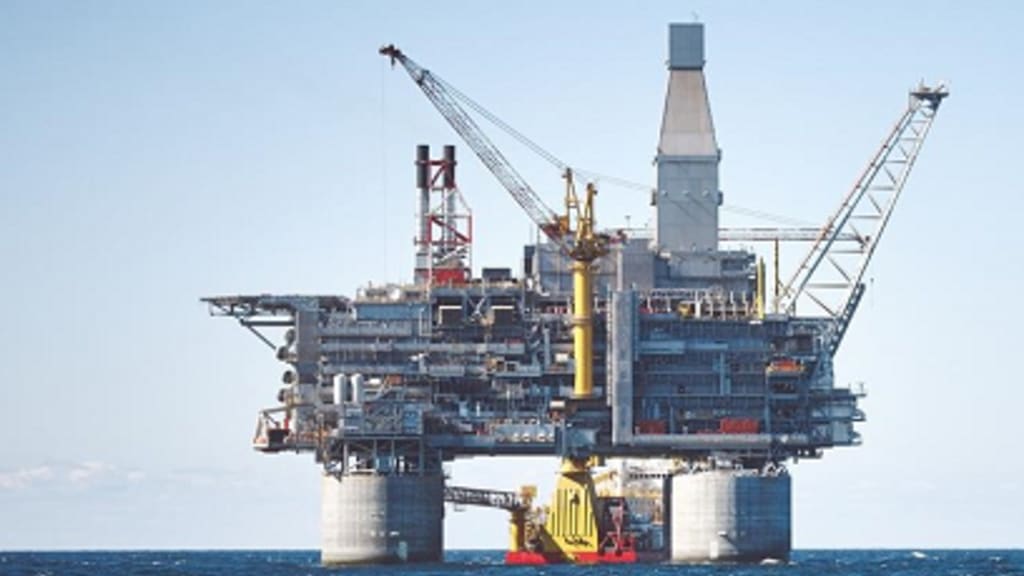Oil prices plunge – What's Next For the Market?

The global oil market has been shaken by the sharp price fall following a combination of geopolitical decisions, changing macroeconomic conditions and a sudden change in the OPEC+ strategy. As a result, the price on Brent Oil fell over 7 percent to 69,60 USD/Barrel, while the WTI oil fell 7,6 percent to 66.21 USD, the largest single day price fall for almost 3 years. The market began the year on a good note to then find itself in a situation where uncertainty reigns. The question is whether this price collapse signals a prolonged downturn, or whether it is an overreaction that rather creates the opportunity for a future recovery.
Increased production from OPEC+ worsens the price fall
One of the most impactful factors behind the downturn in the oil price was OPEC+’s announcement to increase production to a greater extent than the market had anticipated. Ahead of the announcement, a production increase of 122,000 barrels was expected, however, that number has now been adjusted to 411,000 barrels. The production increase can partly be seen as a disciplinary measure in response to some of its members exceeding production quotas, but also as a reaction to uncertainty in long-term demand for oil.
The problem with the strategy change is the possibility of an oversupplied market. If demand does not increase at the same pace as production, the natural outcome will be downward pressure on prices. The market reacted strongly to the news, as OPEC+ has previously taken a more cautious approach to production increases. Ultimately, the announcement signals that OPEC+ values market share more highly than price stability, which could result in continued volatility.


US tariffs raise concerns about global demand
Under OPEC+’s supply increase, the market is simultaneously facing potentially lower demand. President Donald Trump has imposed reciprocal tariffs, including a minimum general tariff of 10 percent on all imports and an additional 20 percent to 50 percent for countries with large trade surpluses with the U.S. China, Mexico, and the European Union are among those hit hardest by the new tariffs.
While energy was exempt from the tariffs, uncertainty remains. A global economic slowdown is one of the most significant threats to the oil price, as lower growth implies reduced demand for crude oil. China, the world’s largest oil importer, was hit with 54 percent tariffs, which could lead to a reduction in industrial activity and, in turn, a decline in its demand for oil.
If the trade war continues to escalate, its effects on the market could worsen. Markets have already reacted negatively to the increased uncertainty, and investors now fear that global oil demand will decline faster than previously expected. Combined with OPEC+’s production increase, this could create an even larger surplus of oil.
Caspian pipeline disruption may limit supply
Amid the price decline, new factors are emerging that could partly counterbalance the impact of OPEC+’s planned production increase. The Caspian Pipeline Consortium (CPC), one of the important export routes for oil from Kazakhstan, has been forced to close two of its three Black Sea cargo terminals following a decision by Russia’s transport authority, Rostransnadzor. This could remove up to 800,000 barrels per day from the market, equivalent to around one percent of global oil supply.
If this issue persists, it could act as an opposing force, supporting oil prices despite OPEC+’s production increases. Europe is particularly dependent on the oil transported through CPC, and a prolonged disruption could lead to regional price increases. While this may not immediately impact global oil prices, it could provide support to the market and reduce downward pressure.
What lies ahead for the market?
Oil prices are now at a crossroads, with both demand and supply factors moving in different directions. OPEC+’s production increase raises the risk of oversupply, while U.S. tariff policies create uncertainty about future demand. Meanwhile, disruptions in the CPC pipeline may counteract some of these forces, placing the market in a balancing act. If demand continues to weaken, particularly from China, Brent crude prices could fall further. Conversely, if the pipeline disruption worsens and geopolitical risks intensify, prices could rebound quickly.
In conclusion, investors might face a period of significant volatility. With multiple factors pulling the market in different directions, continued large price swings can be expected in the coming weeks.
